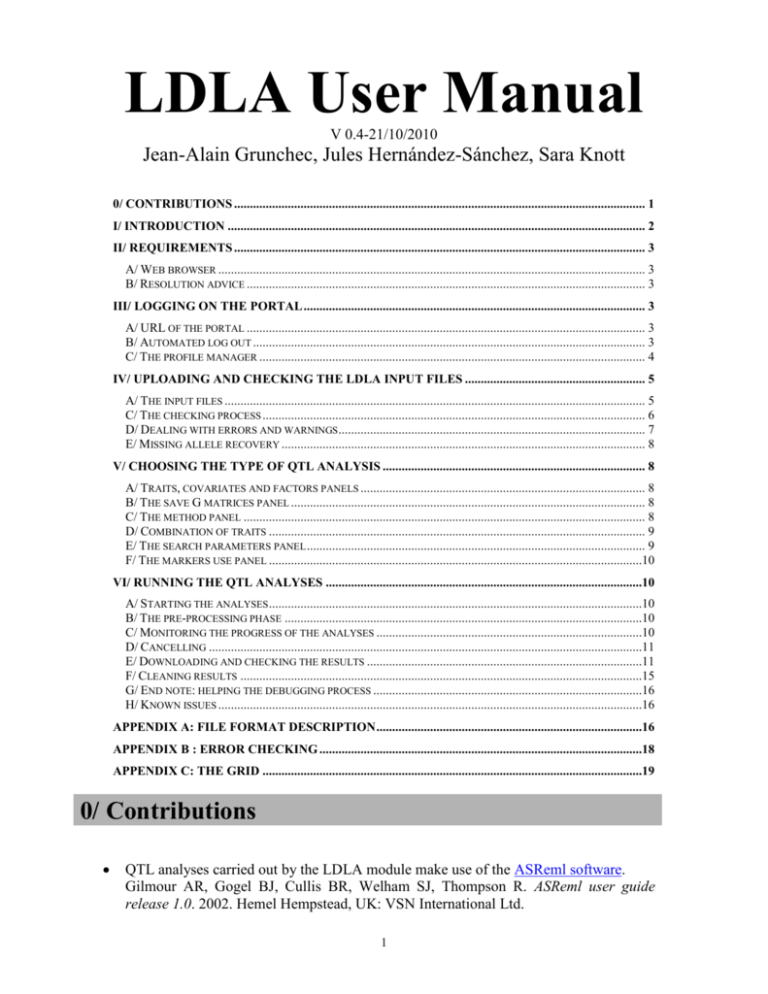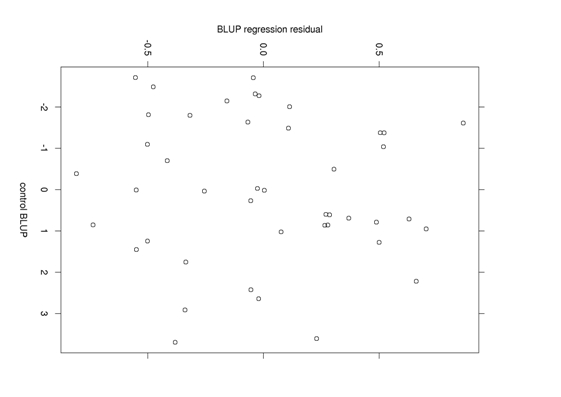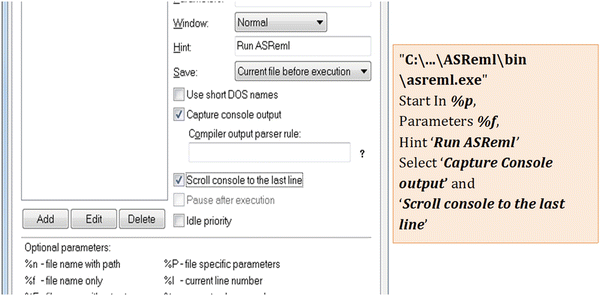

These steps are somewhat similar to those for the nlme.VC.Documentation for package ‘asremlPlus’ version 4.3-31 It should be noted, however, that the estimates for mod4 do need further formatting in order to obtain the here presented results. This was already achieved via the ods output covparms=modsasVC lines in the PROC MIXED statements in the previous section. Thanks to the ODS (Output Delivery System) in SAS, there are no extra steps required to extract the variance component estimates. We did not use it here, however, since it only seems to provide the sigma estimate and not the varStruct estimates (see github issue). We want to point out that the tidy(effects="ran_pars") function of the broom.mixed package (which we used it in this chapter to obtain the variance component estimates from glmmTMB() models) actually works on lme() objects as well (but it does not on gls() and nlme()). % coef( unconstrained = FALSE, allCoef = TRUE) %>% enframe( name = "grp", value = "varStruct") %>% separate(grp, sep = "", into = c( "grpA", "grpB")) %>% mutate( sigma = me $sigma) %>% mutate( StandardError = sigma * varStruct) %>% mutate( Variance = StandardError ^ 2) , y =, by = "grpB") %>% mutate( sigma = me $sigma) %>% mutate( StandardError = sigma * varStructA * varStructB) %>% mutate( Variance = StandardError ^ 2)

% coef( unconstrained = FALSE, allCoef = TRUE) %>% enframe( name = "grpA", value = "varStructA") % coef( unconstrained = FALSE, allCoef = TRUE) %>% enframe( name = "grpB", value = "varStructB") % rename( grpA = Var1, grpB = Var2) %>% left_join( x =.

We achieve this by first creating a unit column in the data with different entries for each data point: By taking both of these actions, we are essentially mimicing the error (variance) as a random effect (variance). Thus, when doing so, we need to make sure to also add a random term to the model with the desired variance structure. We can, however, “ fix the residual variance to be 0 (actually a small non-zero value)” and therefore “ force variance into the random effects” (glmmTMB RefMan) via adding the dispformula = ~ 0 argument. Accordingly, it cannot be used to allow for heterogeneous error variances in this package. Following this trail, the glm documentation description for the weights= argument is “an optional vector of ‘prior weights’ to be used in the fitting process. In glmmTMB, the RefMan only states “weights, as in glm.

In nlme, it requires “an optional varFunc object or one-sided formula describing the within-group heteroscedasticity structure” (nlme RefMan) and we make use of this in the chapter at hand. However, to our understanding, they have different functions: Just like in nlme, there is a weights= argument in glmmTMB(). In glmmTMB() it is -to our knowledge- not possible to adjust the variance structure of the error.


 0 kommentar(er)
0 kommentar(er)
